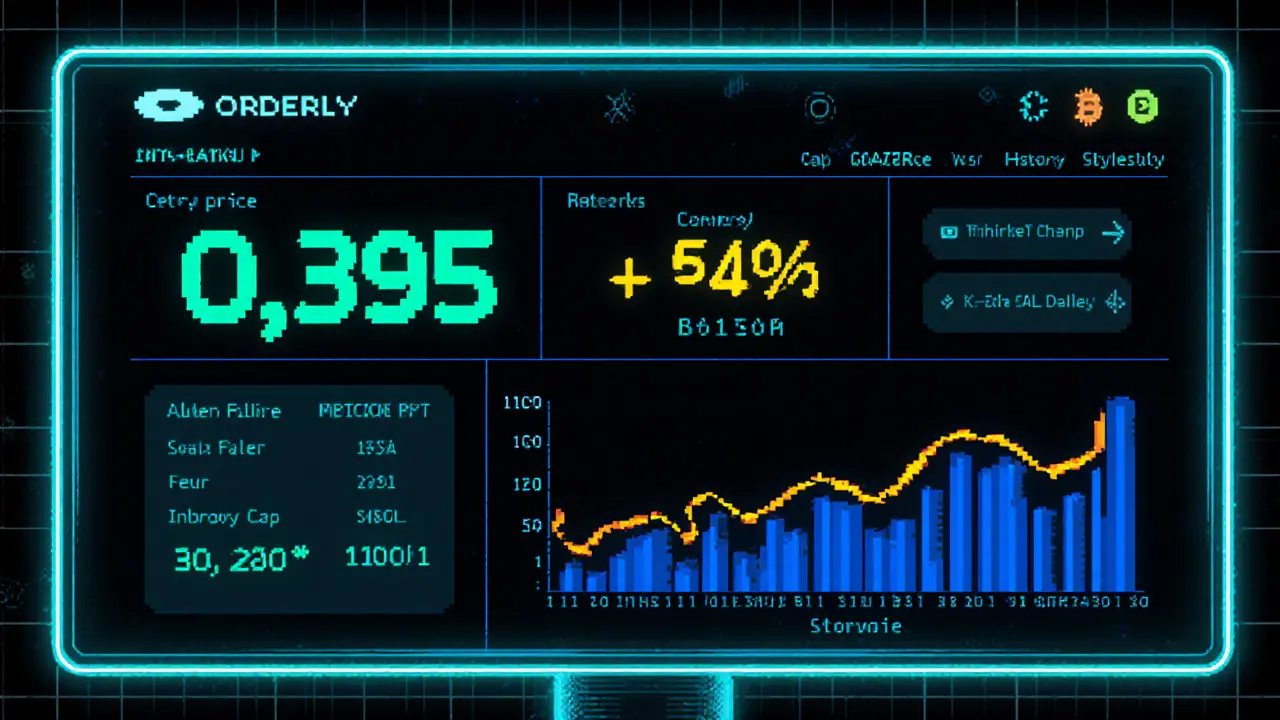Orderly One – What It Is and Why It Matters
When exploring Orderly One, a decentralized exchange that runs on an on‑chain order‑book model, delivering fast matching and deep liquidity. Also known as Orderly Network, it aims to merge traditional market efficiency with blockchain transparency. This platform encompasses order book, a ledger that lists buy and sell orders by price level and decentralized exchange, a peer‑to‑peer trading venue without a central custodian. By marrying these two concepts, Orderly One requires an on‑chain matching engine that can settle trades in seconds while keeping user funds in their own wallets.
How the Order Book Powers Faster, More Transparent Trading
The core of Orderly One is its order book architecture. Each price tier shows the total volume of buy (bid) and sell (ask) orders, letting traders see real‑time market depth. This visibility enables participants to place limit orders with confidence, knowing exactly where liquidity sits. Unlike automated market makers (AMMs) that rely on constant‑product formulas, an order‑book DEX matches counterparties directly, reducing slippage for large orders. For example, a trader can lock in a price at the top of the book and avoid the price impact that often hits AMM swaps. The system also supports order types such as market, limit, and stop, giving users the same toolbox they expect on traditional exchanges. In practice, this means a retail trader can execute a strategy that mirrors professional desks without handing over custody to a central party.
Liquidity on Orderly One is sourced from a network of market makers and institutional participants who post orders across the book. This liquidity, the readily available supply of assets for trade at stable prices is reinforced by the platform’s incentive program, which rewards deep order placement with native tokens. Because the order book aggregates orders in real time, the pool of available liquidity expands as more traders engage, creating a virtuous cycle where higher depth attracts bigger volume. The on‑chain nature of the matching engine influences the security model: every trade is settled by a smart contract, eliminating the risk of centralized order manipulation while preserving auditability.
Overall, Orderly One bridges the gap between classic finance order‑book dynamics and the open, permissionless world of crypto. Its design addresses common pain points such as high slippage, lack of order types, and limited transparency that many AMM‑based DEXs face. Below, you’ll find a curated set of articles that dig into related topics – from detailed order‑book explanations and exchange reviews to regulatory updates and airdrop guides. Whether you’re looking to sharpen your trading tactics, compare DEX architectures, or stay on top of crypto compliance, the collection offers actionable insights that build on the foundation Orderly One provides.
Orderly Crypto Exchange Review: Deep Dive into the Omnichain DEX Platform
Posted By Tristan Valehart On 15 Oct 2024 Comments (19)

A thorough Orderly crypto exchange review covering its omnichain DEX tech, ORDER token dynamics, Orderly One builder, comparisons, and practical getting‑started tips.
READ MORE